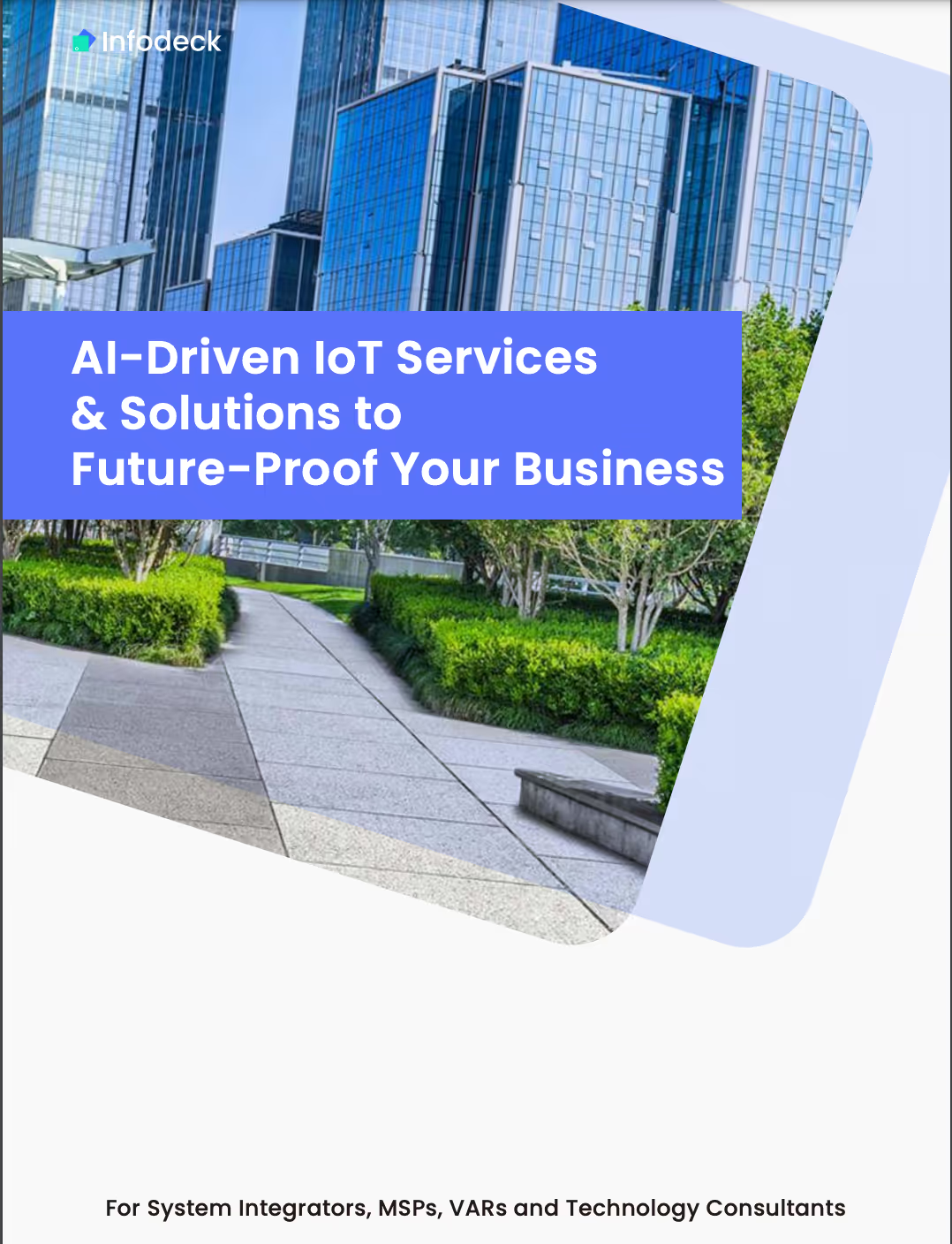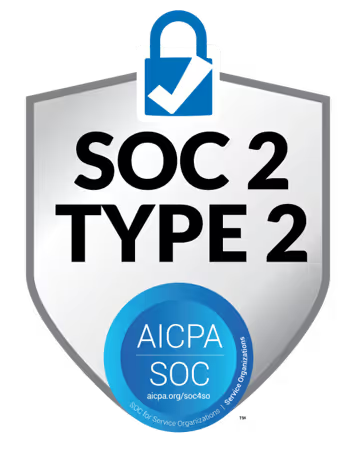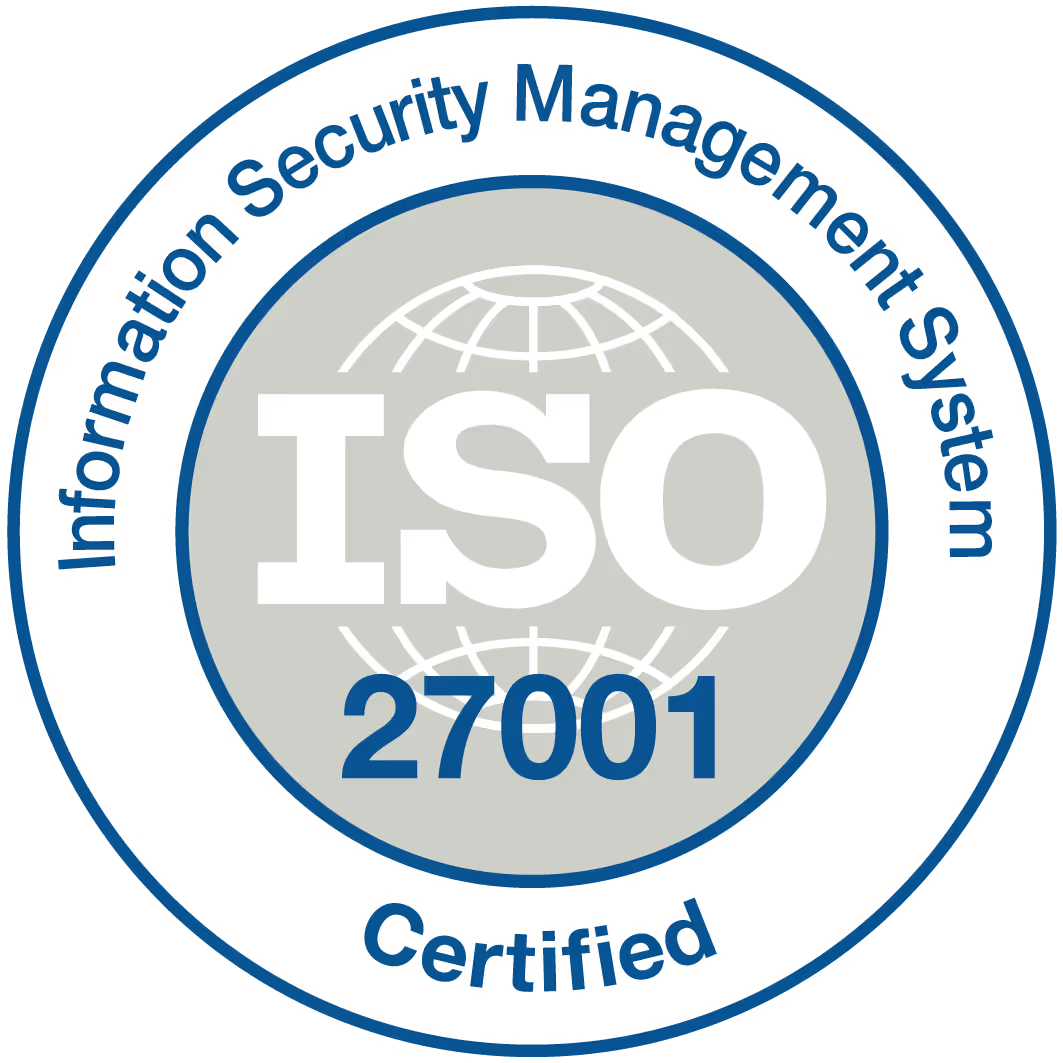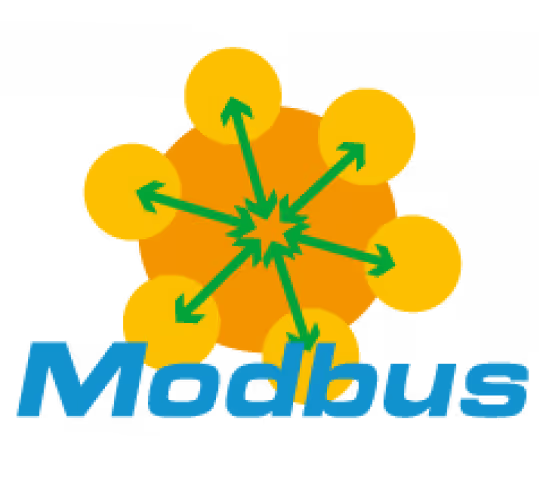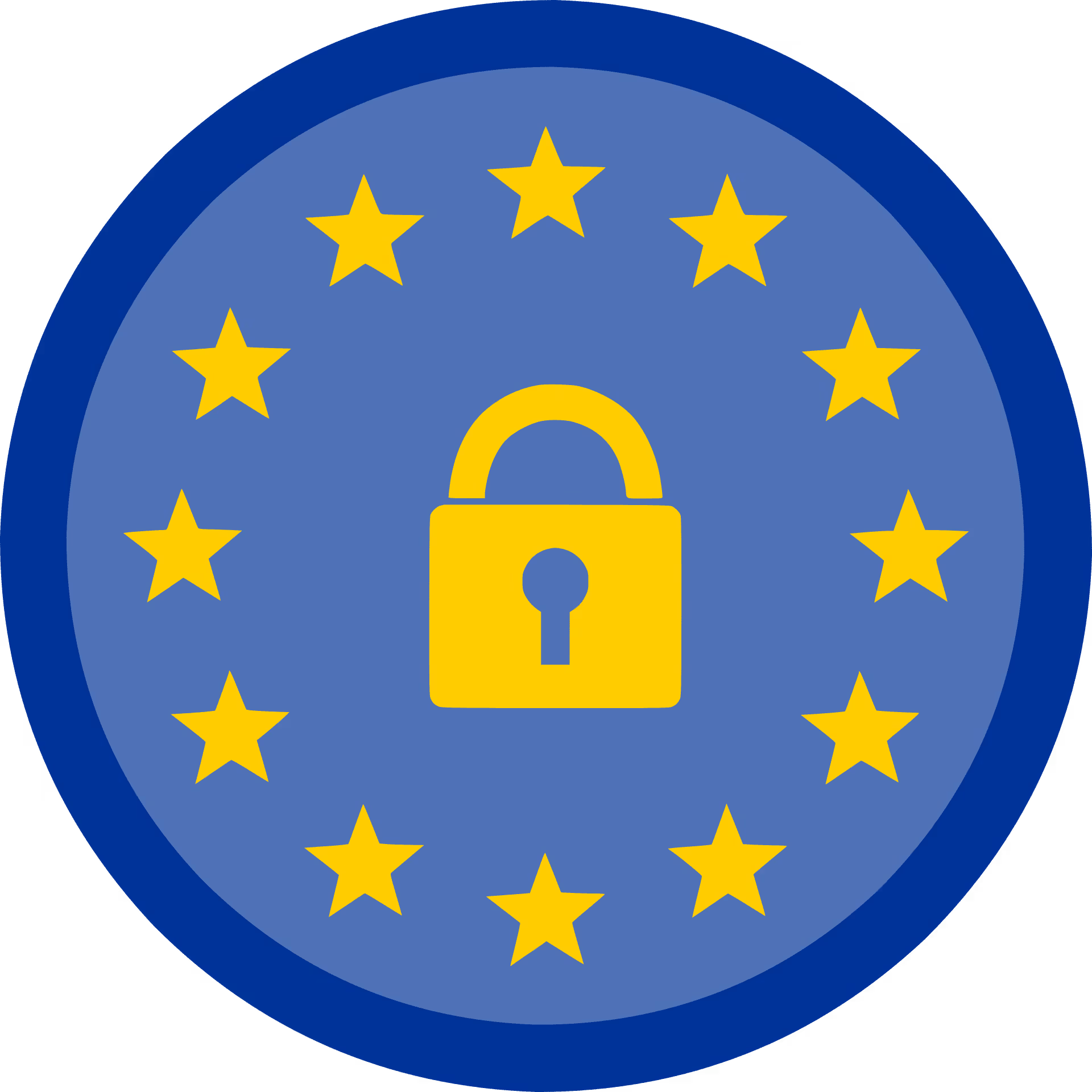Utility Expense Management Strategies for Sustainable Operations
Key Takeaways
- Utility expense management is critical to managing operational costs, enhancing budgeting processes and driving resource efficiency for organizations across all industries and of varying sizes.
- Automated data capture, bill auditing and centralized platforms help streamline the utility processes, reduce manual effort and increase data accuracy for more informed decision making.
- New technologies like smart meters, IoT sensors, and building energy management systems provide real-time monitoring, more granular consumption analysis, and instant detection of inefficiencies.
- Sustainability Aligned utility management fuels emissions tracking, green validation and actual reductions in energy and resource consumption.
- Deep audits and monitoring bring to light hidden utility waste, reduce leak or inefficiency costs, and increase operational efficiency.
- A structured UEM framework, with well defined roles, KPIs and monthly progress reviews, drives continuous improvement, budget accuracy and stakeholder alignment.
Utility expense management is the management of energy, water and other utilities related costs in commercial settings. Organizations turn to utility expense management to achieve consumption visibility, pinpoint inefficiencies, and implement cost controls across dozens or hundreds of properties or business units.
In reality, this typically requires connecting utility billing data to facility management platforms, automating invoice validation, and applying analytics to stretch actionable savings opportunities. For tech teams, the puzzle usually revolves around capturing accurate data aggregation, compliance, and scalable reporting for stakeholders.
Below, we dive into key tactics, technology integrations, and real-world outcomes that characterize efficient utility expense management in SaaS-powered businesses.
What is Utility Expense Management?
Utility expense management is a method for monitoring, auditing, and controlling utility expenses—electricity, water, gas, and waste—to provide operational insight and control. For SaaS companies, particularly ones with multiple locations or data centers, the volume and complexity of utility bills necessitates a strong, automated system.
Precise invoice processing is key. Mistakes, late payments, or overlooked discrepancies can eat away at margins and make budget planning difficult. This discipline enables strategic resource allocation, enhances cash flow, and aligns with sustainability efforts. Good utility expense management is not a one-time thing; it’s an iterative process. It requires regular oversight, analysis, and process improvement.
1. Data Capture
Automation is critical to reliable utility data collection—particularly at scale. Open-source-friendly tools and API-first architectures can cobble together disparate data sources, pulling invoice data directly from utilities or IoT meters.
Software such as Infodeck.io provides real-time capture and validation, minimizing manual entry mistakes. Centralized databases make certain that all users—finance, facilities, and operations—review the same, current data. Digging into this captured data uncovers abnormal spikes, trends, and outliers— aiding teams in detecting inefficiencies or unauthorized use.
For global teams, consistent metric units and common taxonomies make cross-site comparisons simple, enabling enterprise-wide optimization.
2. Bill Auditing
Routine audits are a must. Automated audit scripts, frequently using open-source libraries, can scan invoices for anomalies—wrong meter reads, double-billing, or misapplied tariffs.
Having a full checklist—based on your contract terms and local compliance standards—makes sure nothing falls through the cracks. Training employees to identify frequent billing errors—such as estimated reads or unauthorized fees—provides a second line of protection.
Automating this process reduces review time and proactively surfaces discrepancies for resolution. For multi-site enterprises, ongoing auditing reveals systemic mistakes and enforces vendor accountability.
3. Payment Processing
An optimized payment pipeline is essential. Electronic payments, through API integrations, automate recurring payments, minimize manual effort, and prevent late fees.
Keeping track of payment cycles helps with cash flow management and ensures payments line up with budget projections. Internal controls, like approval workflows and two-factor authentication, stop rogue payments and fraud.
Payment automation, meanwhile, is a game changer for companies managing hundreds of invoices every month—it’s a time-saver and a risk-reducer.
4. Consumption Analysis
Deep consumption insight reveals usage peaks, seasonal variations, and waste. Analytics tools, preferably with customizable dashboards, visualize data for actionable insight.
Industry or historical benchmarking identifies underperforming assets and savings opportunities. Regular reviews give resource managers the data they need to tweak operation strategies, invest in efficiency measures, or, in deregulated markets, even renegotiate supply contracts strategically.
5. Strategic Reporting
Rich, automated reports summarize utility spend, usage trends, and audit results. Stakeholders can track performance through transparent, intuitive dashboards customized by department or region.
Fabulous reports, on time, provide the data that drive budget planning and sustainability initiatives. Sharing insights cross-functionally fuels a culture of data-driven decision-making and continuous improvement.
Why UEM is Essential

Utility expense management (UEM) is a crucial foundational pillar for organizations seeking financial discipline and operational agility. By leveraging utility expense management software, it offers operational insights into resource utilization that are crucial for tuning workflows, minimizing operational waste, and hitting sustainability goals. UEM is not merely a cost initiative—it’s an exercise in developing resilient systems that surface risks, efficiencies, and strategic alignment.
Financial Control
It’s the proactive budgeting that forms the backbone of control. UEM platforms automate expense tracking, ingest real-time utility data via APIs, and provide granular meter/department/asset-level breakdowns. This makes it simple to establish some realistic spend caps and identify outliers before they spiral.
Utility costs must be continually watched to be certain that actual utility expenses match projections. Open-source tools like Grafana or custom dashboards can signal overspending or surprises spikes. If costs run over, savvy cost recovery strategies—such as sub-metering or tenant re-billing—go a long way towards making up the difference.
By predicting utilities with past data (with models in Python, R, or even Google sheets), teams can forecast peak times and shift plans, maintaining budgets while preventing surprises.
Operational Insight
Data-driven UEM provides more than just bills — it shines a light on inefficiencies in HVAC, lighting and water systems. Performance metrics – kWh/m2, or water per headcount, for example – provide a window into the management of building systems. With consumption analytics, you can benchmark against best-of-class peers or internal targets.
Armed with these insights, facility managers can focus upgrades on high-impact areas, such as retrofitting old chillers or automating lighting schedules. Routine audits identify obscure inefficiencies, making you leaner and greener. Positioning utility management within larger strategic objectives, such as decreasing carbon output or qualifying for sustainability certifications, keeps UEM initiatives timely and resilient.
Staying ahead of regulatory changes reduces the risk of fines or non-compliance in utility expense management services. Contingency planning for price surges or supply interruptions helps organizations avoid operational shocks, thereby improving overall efficiency in utility invoice processing and management.
The Digital UEM Revolution
In UEM, digital is no longer a choice. With the advent of complicated utility billing and sustainability regulations, organizations are under new pressures to monitor, analyze, and optimize every kilowatt-hour and cubic meter.
The digital UEM revolution combines data analytics, real-time monitoring, and automation—empowering businesses to reduce expenses, increase efficiency and promote sustainability, all from one platform.
Smart Meters
Smart meters provide detailed, real-time information about water, gas, and electricity consumption. Such information is key for engineering teams looking to identify waste—for example, identifying rogue spikes caused by malfunctioning HVAC units or lighting.
Smart meter analytics are providing accurate forecasting, giving procurement teams insight during contract negotiations or budgeting. Training employees on ways smart meters enable energy oversight cultivates a sense of responsibility and active consumption.
IoT Sensors
IoT sensors take monitoring to every nook and cranny of a facility. Putting sensors on key equipment and infrastructure offers immediate notifications for irregularities—imagine temperature changes in server rooms or water leaks in busy corridors.
The sensor data can even initiate automated shutdowns or adjustments through integration with building management systems, minimizing manual intervention and downtime. Pairing IoT data with utility management platforms multiplies insights, enabling sustainability efforts by bringing patterns of waste and opportunities for focused reductions to the surface.
Centralized Platforms
Centralized UEM platforms combine utility data from various sources, minimizing the confusion and fragmentation of outdated spreadsheets or isolated tools. Teams get one seamless dashboard to monitor spend, usage, and anomalies.
Thanks to APIs, these platforms integrate with ERP and finance systems, ensuring smooth communication between facilities, finance and IT. Decision-making gets better when all stakeholders see the same data—enabling rapid, transparent responses to utility challenges.
Building Energy Management
Building Energy Management Systems (BEMS) take automation and control a step further. BEMS oversees HVAC, lighting and more, fine-tuning schedules according to actual usage.
Performance data from BEMS underscores savings opportunities—such as managing setpoints during off hours, or triaging maintenance for high-consumption assets. By training staff to leverage BEMS, TE teams make sure they are getting the most value — powering both near term energy goals and long term efficiency targets.
UEM and Sustainability Goals
Aligning UEM with sustainability goals is not a cost-control exercise. It’s about leveraging data, automation and open architectures to minimize operational waste and achieve emissions goals. When organizations treat utility data as a strategic asset, they release financial and environmental value.
UEM is not a one-and-done effort–it’s an ongoing cadence of tracking, analyzing, and improving that enables persistent resource stewardship.
Reduce Consumption
Reducing utility usage is the quickest means to sustainability goals and reduced bills. Engineering teams can set the pace by rolling out energy efficiency initiatives—imagine automated lighting, server room temps and intelligent HVAC scheduling.
It is important to cultivate a culture of responsible energy use. Technical leads can conduct internal workshops, hang energy dashboards in break rooms, and incentivize teams that regularly exceed reduction targets.
Use analytics platforms to visualize progress: dashboards can track kilowatt-hour trends, flag anomalies, and benchmark against industry standards.
- Audit equipment for inefficiencies and schedule regular maintenance
- Introducing IOT sensors to monitor electricity, water and gas usage in real-time.
- Integrate API-driven energy management tools for automated reporting
- Employ machine learning models to predict peak load and maximize utilization
- Configure alerting for abnormal spikes to avoid resource waste!
Track Emissions
To build a strong emissions tracking framework, you need clear protocols and tech stack integration. Start with APIs that extract consumption data from utilities and BMS, then associate that with emissions coefficients for electricity, gas, etc.
It’s no longer just a compliance checkbox—emissions data shapes sustainability strategy. Data-led insights highlight which systems are most carbon intensive and where quick wins lie.
Working with environmental experts can optimize this tracking, ensuring the information is useful and precise. Regular check-ins allow teams to identify patterns, optimize performance, and release transparent status updates that engender stakeholder confidence.
Validate Initiatives
Truly impactful sustainability efforts need to be confirmed by detailed analysis of utility bills and resource data. This process guarantees deployed strategies are indeed advancing measurable improvements.
- Create a utility expense/consumption baseline prior to rollout.
- Implement targeted sustainability initiatives and collect post-implementation data.
- Contrast performance to baseline isolating impact from other variables.
- Share results internally and externally to drive engagement and buy-in.
- Optimize approaches according to insights, with open-source tools for reproducible pipelines.
Success stories—such as slashing server energy by 20% with automated shutdown scripts—help create a culture of ongoing improvement. The continuous validation and iteration keeps sustainability goals from stagnating.
Uncovering Hidden Utility Waste
Utility expense management is not just about obvious cost cutting; it’s about pervasive, under-the-radar waste. By implementing effective utility expense management strategies, deep audits and real-time monitoring can reveal these blind spots, giving technical teams actionable insights. Leveraging utility management solutions, organizations can systematically tackle waste, boost operational efficiency, and secure measurable savings.
Water Leaks
Water leaks are a silent menace in too many facilities, often leading to increased utility costs. Major water spikes, particularly after-hours, tend to indicate a leak or malfunction. Real-time monitoring, such as open-source leak detection platforms that extend existing IoT infrastructure, can significantly enhance utility expense management services by quickly identifying leaks and making anomalies visible immediately. There is no waiting for a utility invoice to arrive to expose an expensive problem.
Maintenance crews require intuitive quick action procedures. Training staff on the latest detection equipment and repair techniques means leaks get fixed before they escalate, ultimately supporting effective utility expense management strategies and minimizing total water usage.
Energy Inefficiency
Energy waste loves to lurk in the shadows of legacy equipment and bad habits. Analyzing granular consumption data with API-driven monitoring tools reveals patterns: a threefold increase in weekend electricity use or a 200% jump in gas consumption signals an issue. Aged HVAC or after-hours lighting are usual suspects. Installing energy-efficient hardware, such as smart thermostats and LED fixtures, can reduce consumption considerably.
Energy efficiency must be operationally relevant. Whether it’s shifting schedules for automated shut-downs, optimizing server room cooling, or deploying containerized microservices to eliminate idle compute resources, these strategies drive real-world impact.
Employee education is important as well. Encouraging vigilance in unplugging and significant anomaly reporting cultivates a culture of responsibility and ongoing enhancement.
Vacant Unit Costs
Vacant units can surreptitiously collect utility costs that add up. Tracking these costs with open APIs enables granular reporting and helps identify opportunities for cost recovery, i.e. Billing back tenants or tuning service levels.
Targeted shutdown and smart meters in unoccupied spaces reduces waste. By analyzing vacancy trends in conjunction with utility data, technical teams can predict and manage expenses more proactively.
Ongoing utility bill monitoring guarantees savings stick and no new mistakes sneak through.
Your UEM Implementation Framework
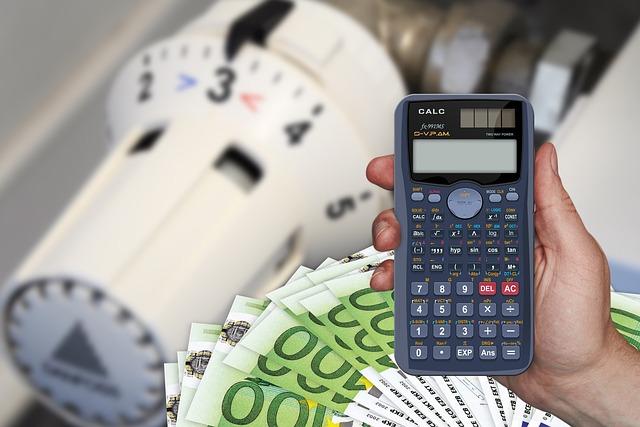
As a strategic initiative, a strong UEM framework is essential for any organization looking to manage one of their biggest operating expenses. The endeavor requires defined roles, strict baselining, ongoing measurements of performance, and a commitment to data-driven fine-tuning.
Below is a table outlining the core roles and responsibilities for effective UEM deployment:
A standard UEM implementation takes 3-6 months, starting with baseline establishment, then KPI definition, budget forecasting and continual strategy customization. We track progress against monthly checkpoints and update the framework in an agile fashion to reflect operational realities and new insights.
Establish Baselines
Baselining utility expenses grounds your future analytics. Begin by pulling 12–24 months of historical utility invoices—electricity, gas, water. Track consumption and cost trends, with data broken out by facility and season.
Apply graphs and statistical models to identify anomalies or inefficiencies. Routine updates – mandatory! Operations change, and your baseline has to represent any scaling, platform updates, or process shifts.
Report these baselines openly to all stakeholders–finance, operations, and C-level—to create accountability. This transparency reveals hidden expenses and proves anticipated savings.
Set KPIs
Specific KPIs keep teams focused. Select KPIs such as cost per square meter, penalty fee reduction or invoice processing time. Align these with business goals: if sustainability matters, track emissions per unit of output; if cost control is the priority, monitor monthly spend variances.
Report KPIs to leadership on a monthly basis. Leverage API-based dashboards, connecting open-source analytics libraries for immediate visibility.
When a KPI lags, examine the batch—perhaps an invoice batch failed, or a facility’s consumption spiked. Pivot strategies according to this data, iterating quickly.
Forecast Budgets
Budget forecasts need to be living, not frozen. Utilize past cost data, using time-series models to incorporate seasonality and market volatility. Consider regulatory modifications and local utility rate adjustments and scheduled plant improvements.
Involve all stakeholders – finance, operations, IT – in forecast cadence. This collaborative process aligns forecast accuracy with real-world constraints, minimizing mid-year surprises.
Monthly variance analysis is necessary to rapidly course-correct between projected and actual spend mismatch.
Customize Strategy
No organization is the same. Tailor your UEM approach: multi-site portfolios may centralize invoice management, while single-facility setups might focus on granular submetering. Engage key users—site managers, IT, finance.
Their input builds buy-in and feasibility. Review your plan every quarter. Audit and iterate—automate digital payments, outsource UEM if internal resources are lean, or deploy open-source platforms for more transparency.
Record what works so you can repeat it. Disseminate lessons learned across teams for ongoing refinement.
Conclusion
Utility expense management has evolved from a reactive cost-control task to a strategic business advantage. Contemporary platforms transform raw consumption data into actionable insights, allowing technical executives to fuel operational savings and sustainability initiatives. Digital UEM tools automate complex workflows, detect anomalies in near real time, and streamline cost allocation across departments or geographies. For companies up against inflationary energy prices, regulatory pressure, or aggressive ESG goals, smart UEM delivers quantifiable returns—from decreased utility expenses to reduced carbon emissions. With the technology landscape maturing, teams that invest early reap more visibility, less surprises, and easier audits. Select a strong UEM platform and you gear your organization to remain nimble, compliant, and prepared for future energy needs.
Frequently Asked Questions
What is utility expense management (UEM)?
Utility expense management (UEM) involves monitoring and reporting of utilities like electricity, water, and gas, helping organizations reduce waste and manage utility costs effectively.
Why is UEM important for organizations?
UEM enables organizations to reduce utility expenses, enhance budgeting, and promote sustainability through effective utility expense management strategies, revealing latent inefficiencies and stopping expensive billing mistakes.
How does digital UEM differ from traditional methods?
Digital UEM employs utility expense management software and automated processes to record and analyze utility bill data in real-time, resulting in speedier insights, fewer mistakes, and simpler reporting than manual invoice processing.
Can UEM support sustainability goals?
Yes, UEM detects energy usage and resource waste, enabling organizations to establish and monitor sustainability goals while improving overall efficiency.
What are common challenges in implementing UEM?
Typical issues in utility invoice processing include data integration, evolving culture, and department alignment; however, a little framework and some digital tools can overcome these obstacles.
How can UEM uncover hidden utility waste?
UEM inspects utility bill data to identify anomalies, leaks, or inefficiencies, allowing organizations to take action quickly and avoid waste.
What steps are involved in implementing a UEM framework?
It involves strategic planning and implementation, including reviewing existing utility consumption and utilizing effective utility expense management strategies. Continued monitoring and review of utility bill data are necessary for ongoing improvement.

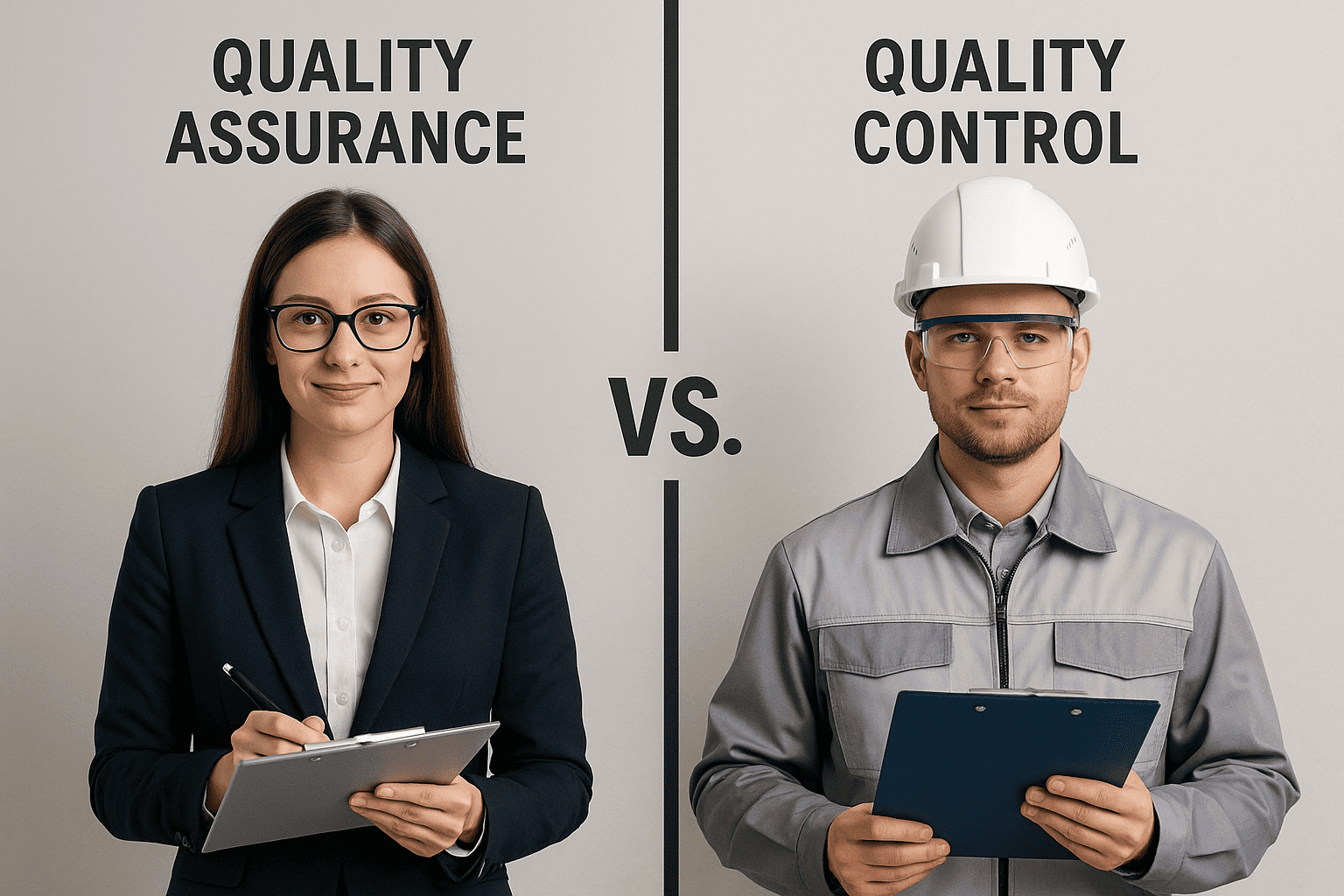
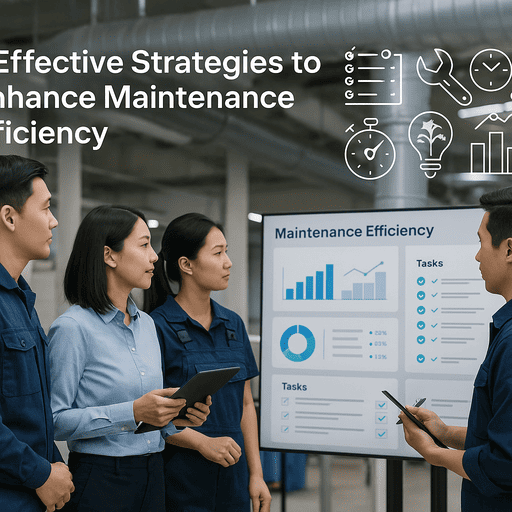
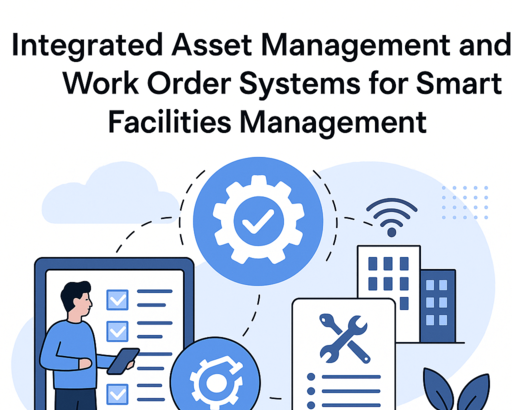
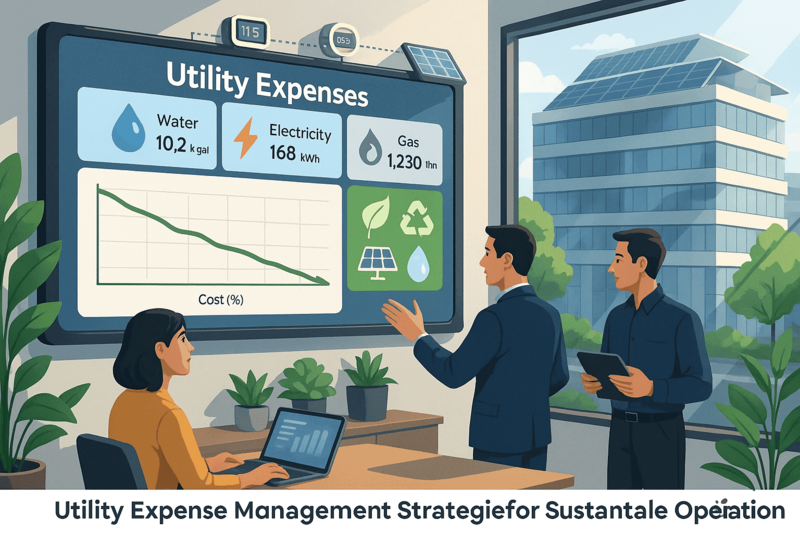



.png)


.png)



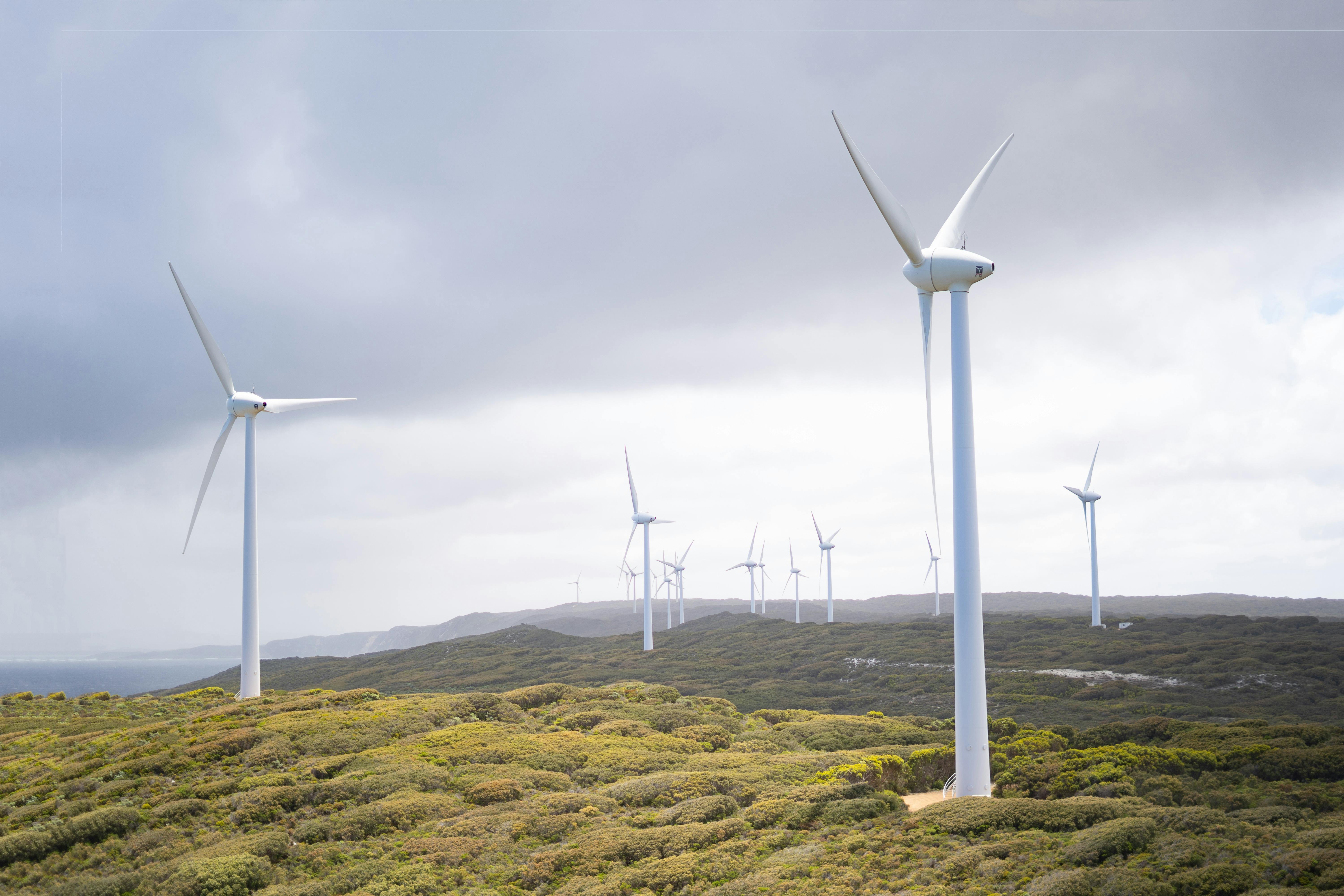

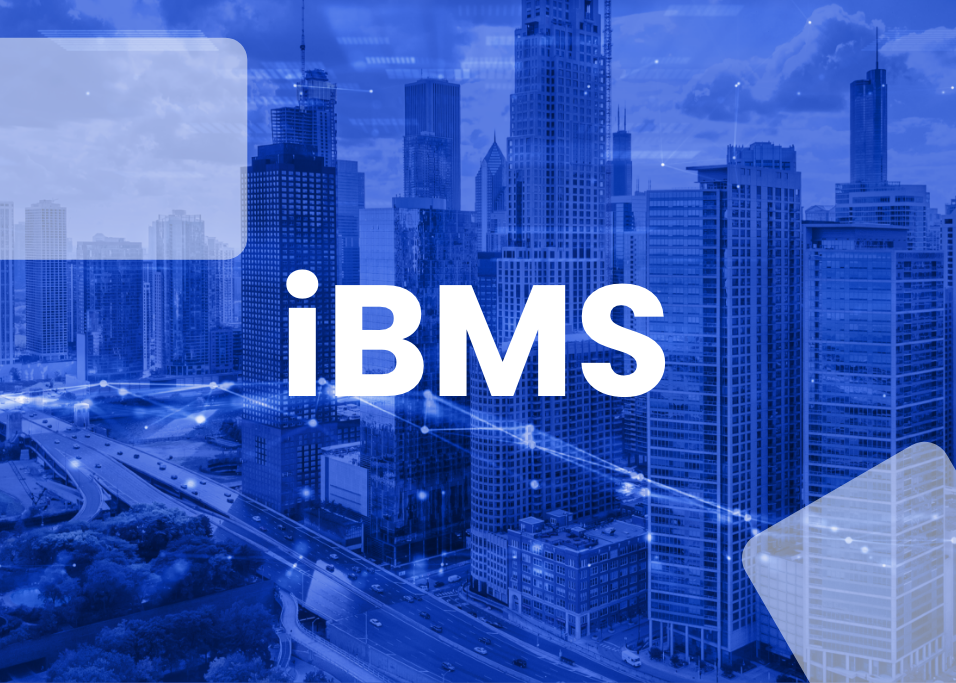












.jpg)








